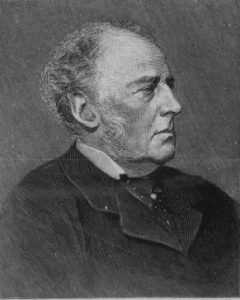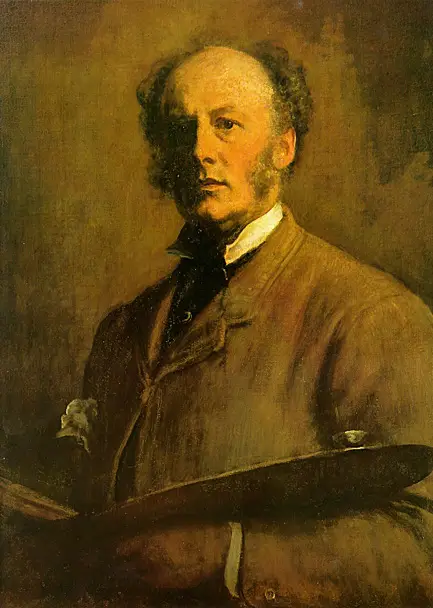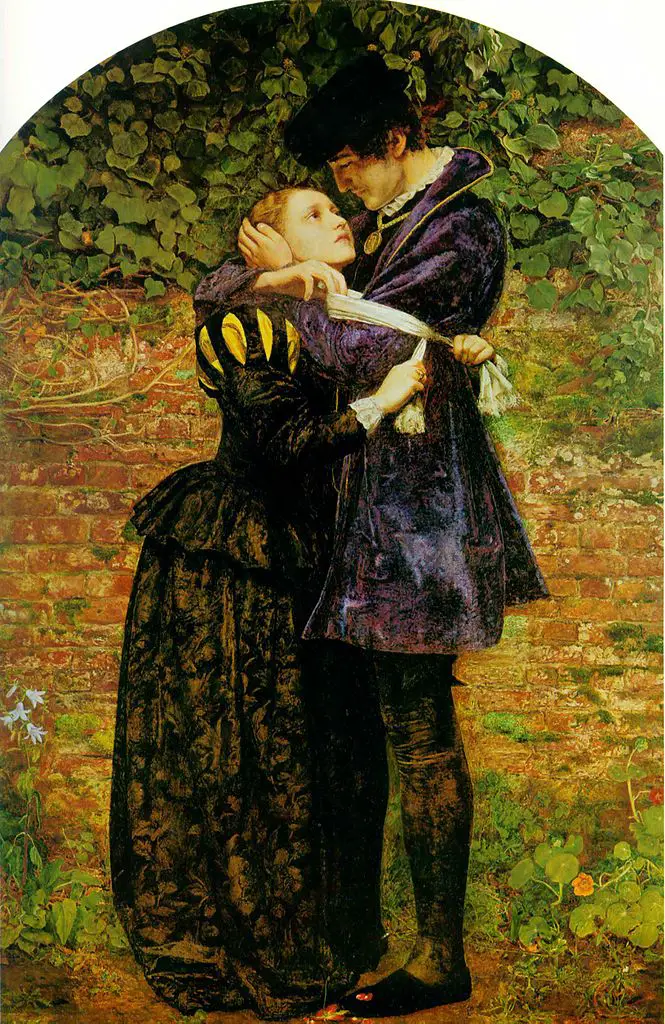Sir John Everett Millais, 1st Baronet, was an English painter and illustrator. He is revered as one of the founders of the Pre-Raphaelite Brotherhood. He was a child prodigy and at the age of 11, he was the youngest student to enter the Royal Academy.
The Pre-Raphaelite Brotherhood, that was founded in 1848, was formed at his family home at 83 Gower Street in London. Millais became the most famous exponent of his style. During the mid-1850s, he was even moving away from the Pre-Raphaelite style to make a new and powerful art form of his own.
John Everett Millais Biography
The later works published by Everett Millais were thoroughly successful. Thus Millais was one of the wealthiest artists of his day. The later works are now seen as having wider context and the advanced tendencies in the late nineteenth-century art forms.

The early twentieth century critics viewed the art forms through Modernism and his art productions seemed as wanting. Even Millais’ personal life played an important role in the development of his reputation.
His wife, Effie, was the wife of the critic John Ruskin, who had favored Millais’ work. Her promotion of Millais’ work helped secure commissions and expand social and intellectual circles.
Early Life of John Everett Millais
John Everett Millais was born on 8th June 1829, in Southampton, England. His father was John William Millais and his mother was Emily Mary Millais. He was from a prominent Jersey family, where most of his childhood was spent. John was influenced by his mother’s forceful personality and grew a keen interest in art and music.
She encouraged her John’s artistic creativity and the family relocated to London to help develop contacts at the Royal Academy of Art. John had even revealed later that he owed everything to his mother.

He earned a place at the Royal Academy schools due to his prodigious artistic talent. He met Dante Gabriel Rossetti and William Holman Hunt there, with whom he formed the Pre-Raphaelite Brotherhood.
Pre-Raphaelite Works
Millais did quite a controversial painting by depicting the realistic portrayal of the working class Holy Family found laboring in a carpentry shop in The Christ in the House of His Parents. The later works were much less controversial.
John Everett Millais Ophelia
A Huguenot got Millais a lot of success, which depicted a young couple who were going to separate because of religious conflicts. The early works were painted giving proper attention to detail. The painting of Ophelia was created with dense and elaborate pictorial surfaces by basing it on the integration of naturalistic elements.
John Guille Millais
John Millais married Effie in 1855 after her marriage to Ruskin had been annulled. They had eight children eventually with the youngest son as John Guille Millais. Effie’s younger sister Sophy Gray sat for several pictures by Millais, thus portraying their fond relationship.
Later Work by John Everett Millais
Millais began painting in a broader style after his marriage with Effie. Though it has been arguable that this was primarily to satisfy his growing family, many pointed out his connections with Albert Moore and Whistler and the influence on John Singer Sargent.
He proclaimed that he grew more confident as an artist, painting with greater boldness. He even recommended Velaquez and Rembrandt as the artists to be followed through his article ‘Thoughts on our art of Today’.
The paintings like The Eve of St. Agnes and also The Somnambulist show the connection between Millais and Whistler, whose work he greatly recommended.

Millais’ later works that were done after 1870 portray his reverence for great artists such as Velaquez and Joshua Reynolds. The most notable paintings of the period are the Boyhood of Raleigh, The Two Princes Edward and Richard in the Tower and The Northwest Passage.
Millis even achieved great popularity with the paintings of children like Bubbles. The last project to be ever undertaken by Millais was to be a painting by the name of The Last Trek, which would depict a white hunter lying dead in the African veldt, where his body was being contemplated by two Africans.
Baronetage
Millais had become an associate member of the Royal Academy of Arts in 1853 and soon elected as a full member of the Academy and became an active participant. Queen Victoria made him a Baronet of Palace Gate in the parish of St. Mary Abbot, Kensington in July 1885. He was thus the first artist to be awarded the hereditary title.
Millais was elected as the President of the Royal Academy of Arts after the death of Lord Leighton in 1896. John Everett Millais died the same year from throat cancer. The Prince of Wales chaired a memorial that commissioned a statue of the artist after his death in 1896.
More Info On- Hunter Colin, Patrick Branwell Brontë, Rudyard Kipling, Dickinson Lowes Cato, John Pettie, Victoria Princess Royal